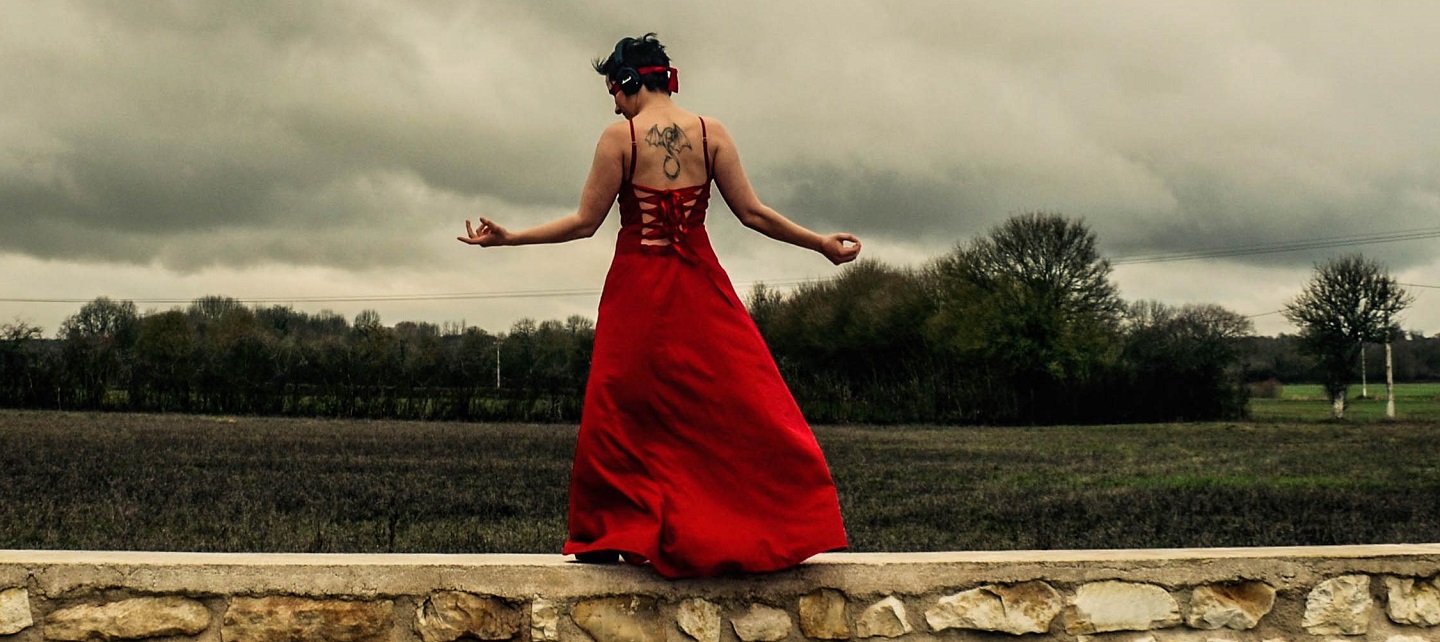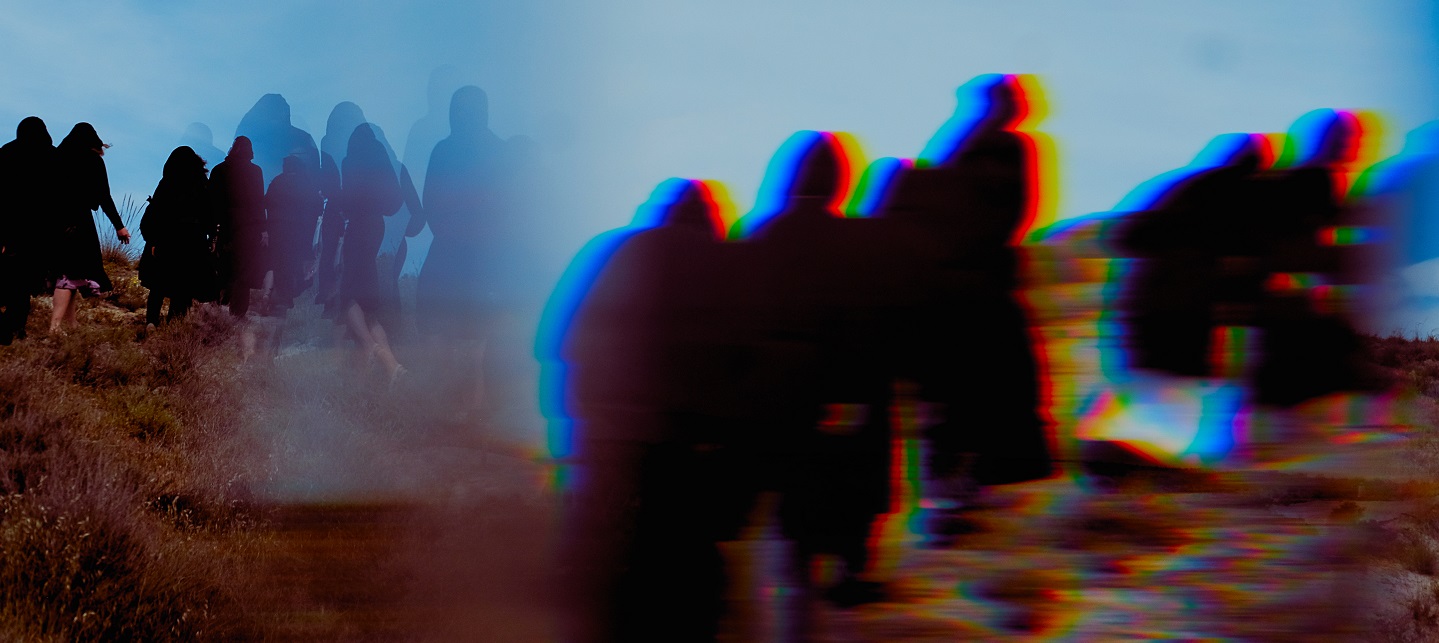Tag: magic
-

Summon All the Demons: The Exciting World of Larp Demonology
in
Playing a character can be hard enough on its own without all of the extra baggage of supernatural possession.
-
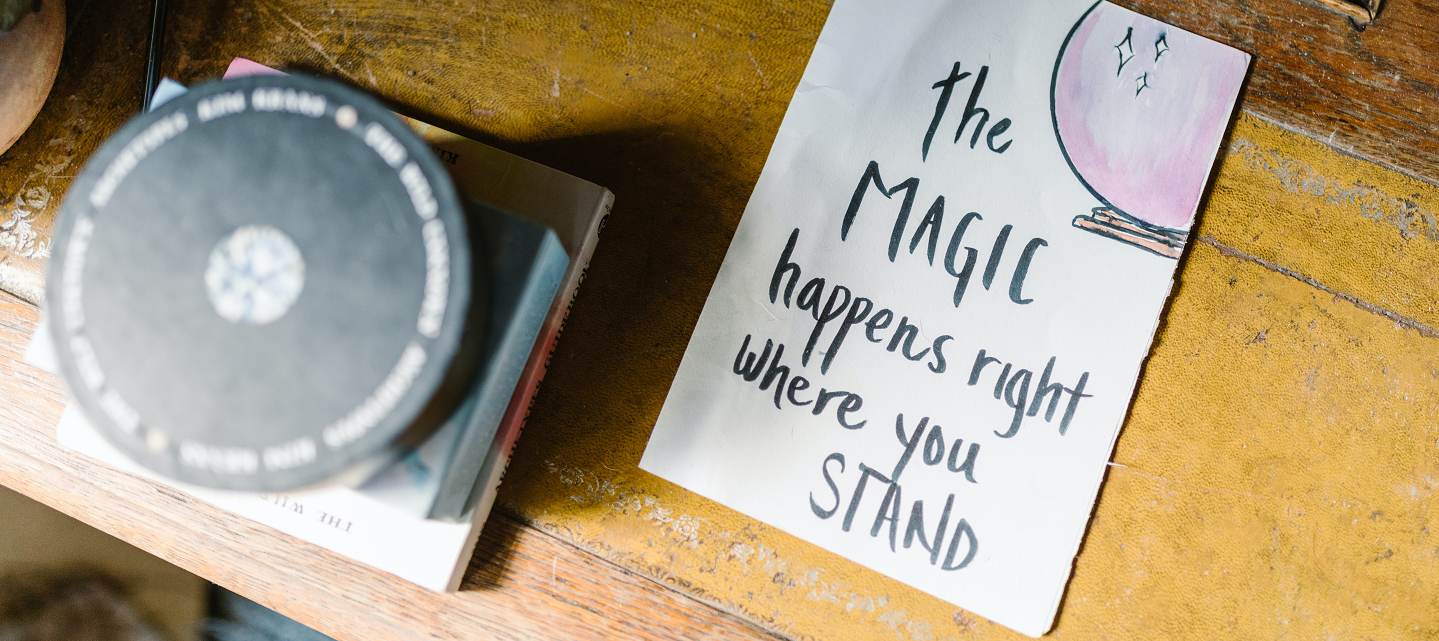
Finding the Magic in the Mundane
in
Often it isn’t necessarily the big scenes that we carry closest to our hearts after having played a larp, it’s rather the unexpected small moments, the unplanned occurrences, the intimacy. It’s in these mundane moments that the magic happens in a larp.
-

More Than A Few Funny Words: Designing Magic Systems That Convey Challenge & Rigour
in
A method of creating a system of magic for larp that can achieve many of the desired aesthetics of complexity, challenge, and scholarship.
-
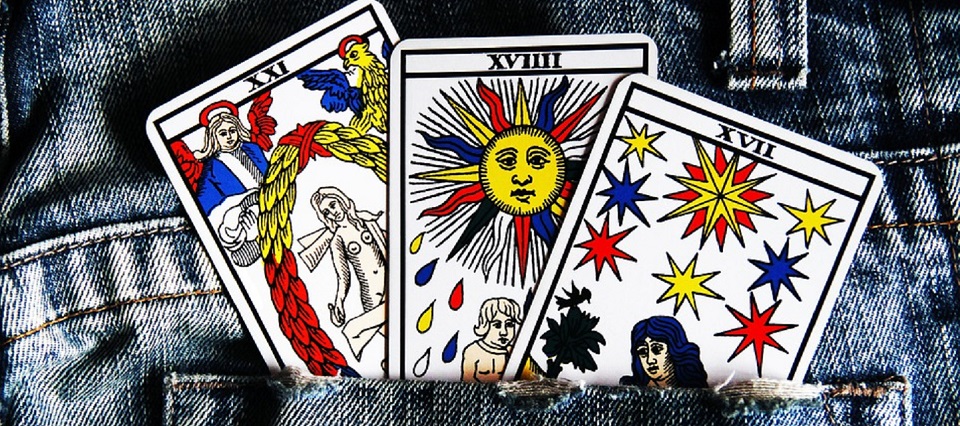
Tarot for Larpers
in
Using tarot readings in larp to deepen and intensify the experiences of co-players.
-
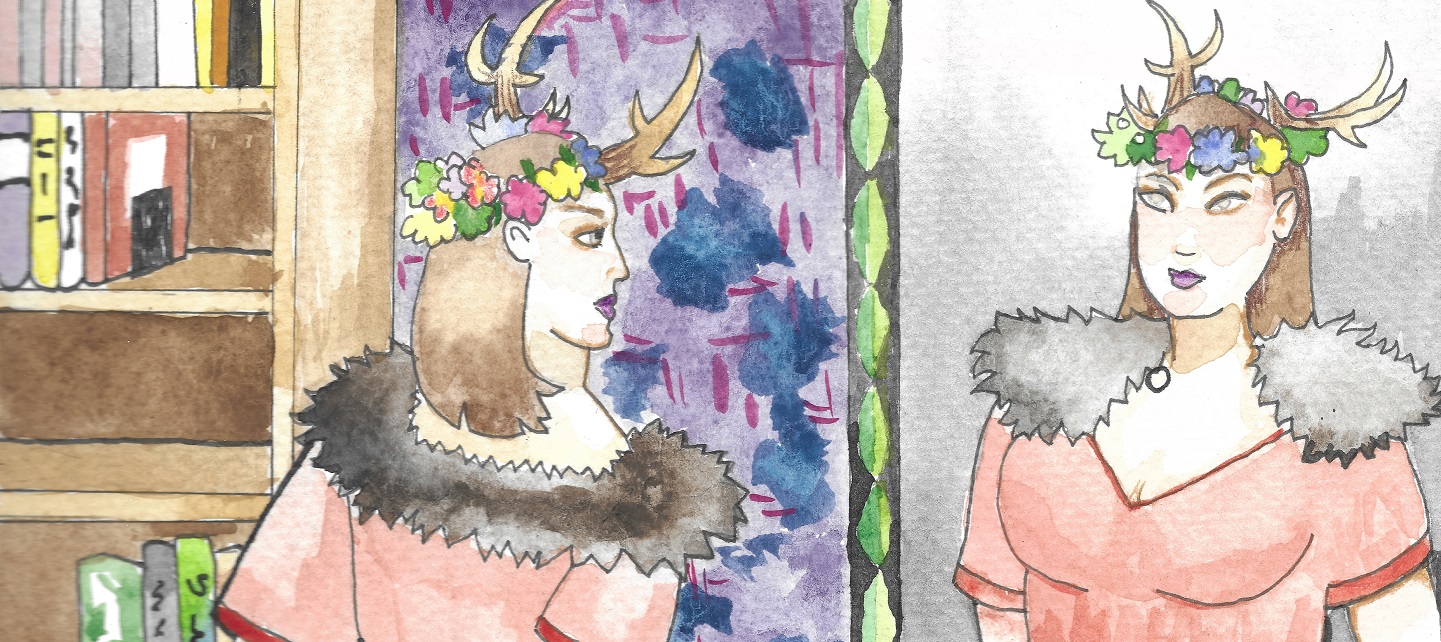
An Invitation
This is your invitation to magic. To visit magic. To return to magic, again and again.
